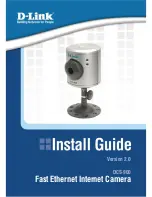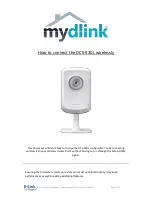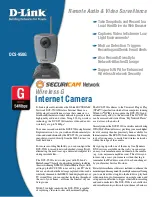
Cheetah KAC Camera User Manual | Camera Link (CLF) Interface
October 1, 2019
Page
132
of
135
Rev 7.2
Appendix B - Creating Look-up
Tables
B.1 Overview
The Lookup Table file can be created using any standard ASCII text editor or by using
Microsoft Excel. Additionally, any spreadsheet or mathematical program capable of
generating a comma delimited (.csv) file can be used.
See Appendix E for software load procedure.
B.1.1 Using an ASCII Text Editor
A custom LUT (lookup table) can be prepared using any ASCII text editor, such as
“Notepad” or similar. Alternatively, any spreadsheet program (i.e. Microsoft Excel) can be
used by converting the spreadsheet into a comma delimited (.csv) file. In either case, the
file must be renamed to include the .lut extension. The .lut file has two main sections: a
header and a table. The ‘header’ section is a free text area of up to 256 ASCII characters.
Each line of the header section must be terminated in a comma. The ‘table’ section of the
file contains an array of 4096 lines with each line containing an input value followed by a
comma and an output value. The input values represent incoming pixels and the output
values represent what each incoming pixel should be converted into as an output pixel.
The format of the .LUT file is as follows:
-- Look Up Table input file example,
-- lines beginning with two dashes are comments,
-- and are ignored by parser,
:Header,
-- this is the text that will get displayed with a 'glh'
command,
Function is 'Negative Image',
Created by John Doe,
Date 1/14/09,
:Table,
-- input output,
0,4095
1,4094
2,4093
3,4092
4,4091
:
4095,0




































